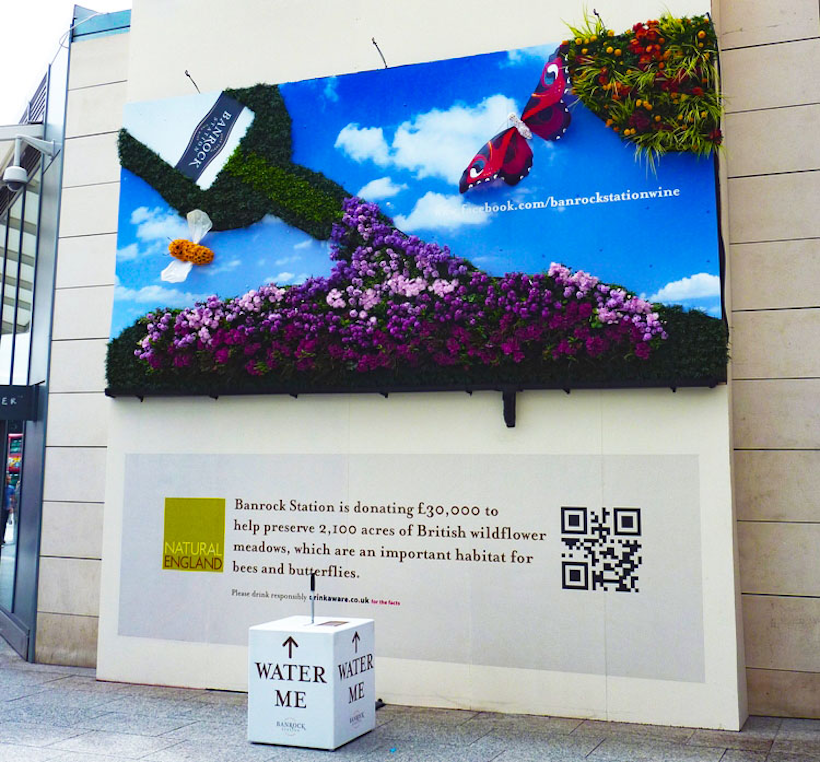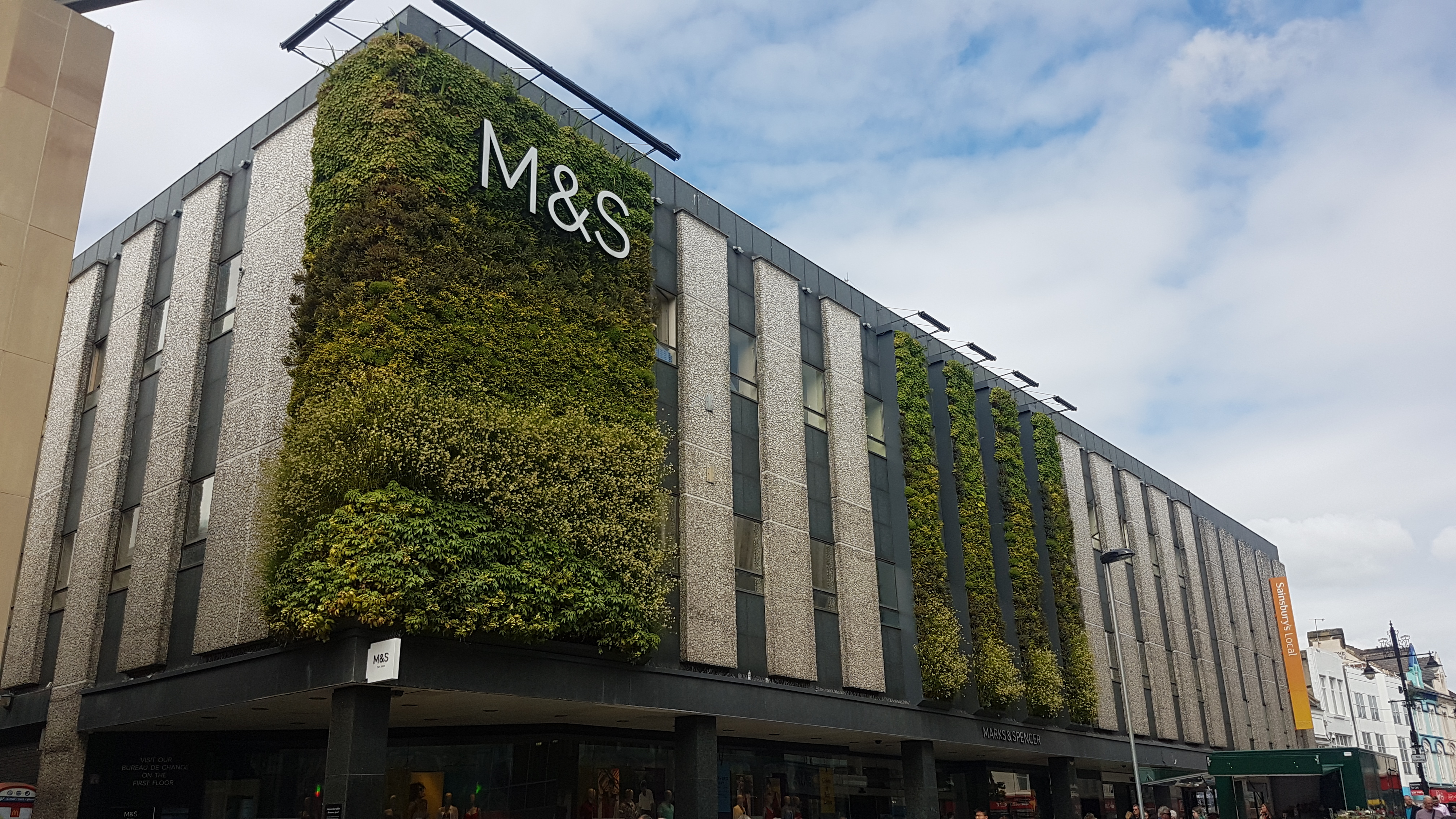As climate change and environmental sustainability become more prevalent in the minds of consumers, companies need to examine their green brand image and green brand equity. Your company’s green brand image is a steadily increasing factor in whether a customer chooses your product or someone else’s. It’s important to create products in ecological and sustainable ways, but it’s also important that your customers know you do this. Environmentalism as a marketing factor has really grown in the past few decades. Not only will customers be looking for the best product, they’ll also be looking for the product that is best for the environment. Let’s examine how a company creates a great green brand image, and how you can build your own.
What is a green brand image?
A green brand image is present when customers are actively aware of a brand’s eco-friendly products and actions, which are usually stronger than their competitors’ environmental measures. A green brand image takes time and varied means to achieve as it represents the brand overall, not just one product or campaign. This leads to green brand equity - a company with a green brand image will be viewed positively and trusted by environmentally-conscious consumers. If your company has a green brand image that is backed up by green practices and shown to customers, those customers will trust the company’s dedication to environmental responsibility. In order for green brand equity to be achieved, a company must use sustainable production methods, offer a more eco-friendly option than their competitors, and outline their ethos in relation to environmental protection. As the world learns more about climate change and the detrimental effects that certain practices and products have on the environment, a green brand image can show consumers that your company is both caring and modern. If choosing between two products, wouldn’t you prefer the one that cares about you and wants to protect the world you live in?
How companies create a green brand image
In recent years, small and large companies alike have made great efforts to lessen their products’ environmental impact. When cultivating your company’s green brand image, consider the tactics used by these businesses:
- Ziploc. Ziploc’s green brand image cultivation centred on product innovation, a great example being Ziploc evolve ™. This new line of eco-friendly bags contained less plastic, the packaging contained less paper, and the product was manufactured using renewable wind energy. The evolve packaging was noticeably different to that of the original Ziploc packaging, using the colour green to draw customers’ attention to their ecological practices. The colour difference would entice customers to see how this product was different to its predecessors and upon reading the packaging, they would learn about Ziploc’s environmental efforts.
- Starbucks. As a business that offers premises for customers as well as products, Starbucks focused on sustainable development in both areas when building their green brand image. Their efforts to improve the recyclability of their coffee cups has been combined with their in-store water conservation program to form a green brand image that customers can see in-store and in their takeaway products.
- Lush. As a cosmetics company, Lush have created a name for themselves by eschewing the packaging so many of its competitors consider necessary. Lush’s green brand image has been created through their combination of activism, fundraising for environmental groups, and efforts to reduce packaging. Lush are well-known for their package-free products such as bath bombs and solid shower gels. Their dedication to environmental sustainability since their inception in 1995 has amassed a green brand equity from customers around the world.
Greenwashing
As more consumers searched for environmentally-friendly products, some companies began campaigns now known as “greenwashing”, in which they spent more time and money on promoting a green brand image than actually making their company more eco-friendly. Common signs of greenwashing are green packaging, vague statements about a company’s improved environmental standing instead of specific examples, and exaggerated claims of green practices that really only account for a small percentage of the company’s actions. However, consumers have become more savvy to this and often recognise greenwashing pretty quickly. While a company may think that greenwashing will give them green brand equity without spending time and money on changing their practices, they will ultimately lose customers and revenue as consumers turn to alternatives that stand up to their environmental claims.
A company’s green brand image should revolve around their customer’s experience- what does your customer see when they interact with your product that shows you’re a green brand? For most groups, this begins on the company premises. Implement the two-step approach to growing a green brand image by introducing eco-friendly practices and green marketing. A great way to do both is with products such as living walls and green roofs. These products can lower your office’s carbon footprint while promoting an eco-friendly image.

Installing a living wall can improve air quality and local biodiversity, lower temperatures, and improve building structure. On top of all these environmental benefits, it will insulate, increase property value, and boost the morale of workers and customers alike. This two-pronged approach will help to build a green brand image that has strong environmental activism behind it, creating green brand equity and trust from your customers. Sometimes “going green” is as easy as adding greenery!
To quote the environmentalist Wendell Berry, “the earth is what we all have in common”. As consumers learn more about how their purchases affect the global environment, building a green brand image is becoming more important than ever. Cultivating a green brand image involves a combination of eco-friendly practices and marketing. The best way to foster a strong green brand image is to examine what aspects of your business customers interact with and show your company’s commitment to the environment through those avenues. That can mean recycled packaging, better production methods, or green installations in stores or offices. The most important part of green brand equity is creating change that your customers can support, and helping them to make environmentally-responsible choices.


